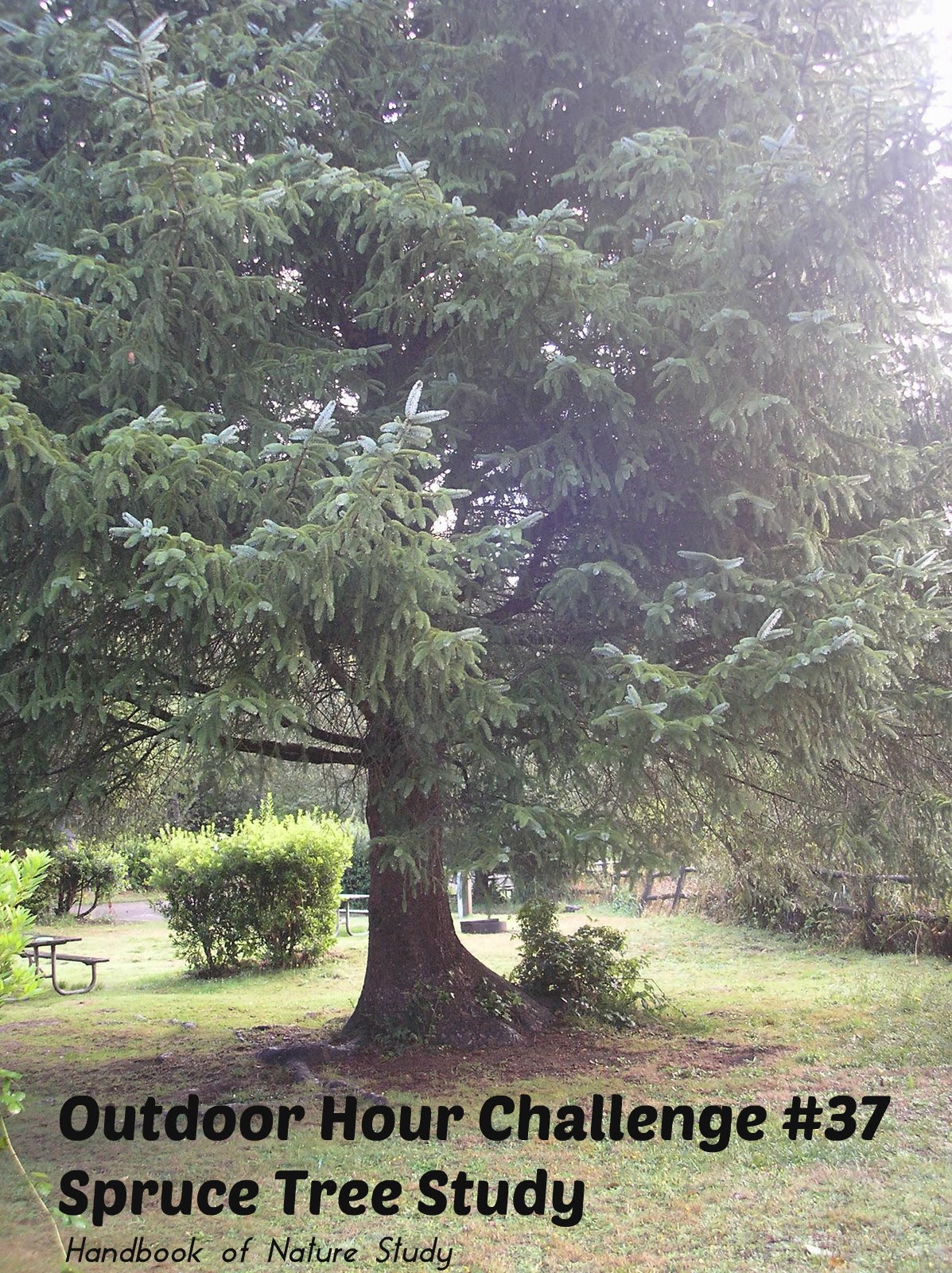“If nature study is made a drill, its pedagogic value is lost. When it is properly taught, the child is unconscious of mental effort or that he is suffering the act of teaching. As soon as nature study becomes a task, it should be dropped; but how could it ever be a task to see that the sky is blue, or the dandelion golden, or to listen to the oriole in the elm!”
Handbook of Nature Study page 6
I know our family would never keep up our interest in learning about the world around us if it wasn’t something we enjoyed. I do think that it takes just one person to get excited about something and then everyone seems to catch the excitement.
I am sometimes that person but more and more it is the boys who are finding and exploring and drawing my attention to things that they see as they are outside. I have learned to follow their lead.
It is a little uncomfortable to just allow things to happen in nature study. There is always the risk that what interests your children will not be something you are interested in or that you know anything about. I can’t tell you how many times that happens in our family. Gradually I have learned the value in allowing some leeway in the topics we learn more about because I can see the growth in my sons’ love for and connection to the world they live in. I hear their appreciation for the complex system of life that was created for us to enjoy and benefit from.
Here is a real life example:
Most of you know we went to Oregon last month as a family vacation and as a way to learn more about marine biology. I had prepared these wonderful notebooks all about invertebrates that inhabit the tidepools of the Oregon coast. Great plan…or so I thought.
As the trip progressed I realized that the children were more interested in marine mammals than in invertebrates. Had I brought a book on marine mammals? Nope. I started to feel a rise of panic as we hit the third day and I was still fascinated by the sea stars and anemones in the tidepools and they were busy finding sea lion bones, watching sea otters play in the water, and sea lions on the rocks.
We decided to stop and go down into the sea cave along the Oregon coast where the Stellar sea lions winter over. The boys were excited to take the elevator down to this cave that is said to be one of the largest sea caves in the world, twelve stories high.
There were no sea lions in the cave at this time of year but pretty soon they will all be back inside after having time out at sea to bulk up for the winter. It was still a fascinating place and the boys were grateful we were willing to stop and pay the price of admission.
I could have made them go along with the original plan but it became clear that this was their experience on this trip. They had seen sea stars before and anemones were cool but they didn’t do too much to really observe. What they wanted was to watch the playful antics of the sea otters and sea lions and harbor seals.
Switching gears happened and by the time we reached Newport and the Oregon Coast Aquarium, they were primed to actually stop and read the signs and information on the displays for the marine mammals. We had printed out the aquarium guide ahead of time and this helped them to go on their own through the aquarium. This was a first for our family. The boys went on their own and my husband and I enjoyed the aquarium by ourselves.
We met three times during the day and each time they were full of things they wanted to talk about and to actually take us to see. The last hour was spent with the boys being the tour guide through the aquarium showing us their favorite things.
Number one on their list were the sea otters. They could have filled a whole research report with the observations they had made watching the sea otters play and be fed and then groom themselves. It was a big lesson for me. They obviously had spent quite a bit of time at the sea otter tank just watching and joyfully getting to know this wonderful creature.
I hope that you will learn from my experience. Nature study can become totally driven by the teacher and become a chore and a drill or it can be a source of excitement and joy as you explore and learn together.











